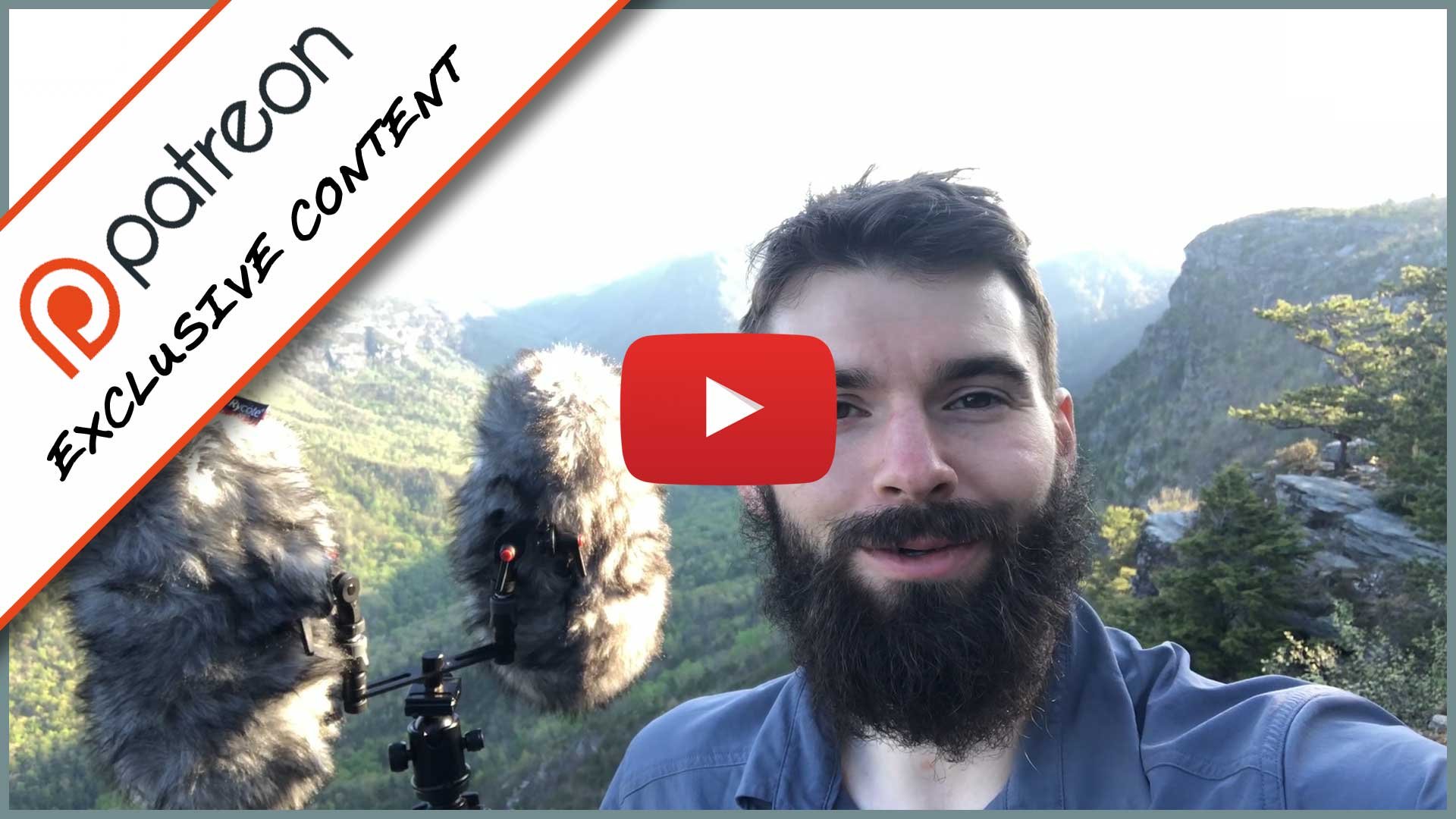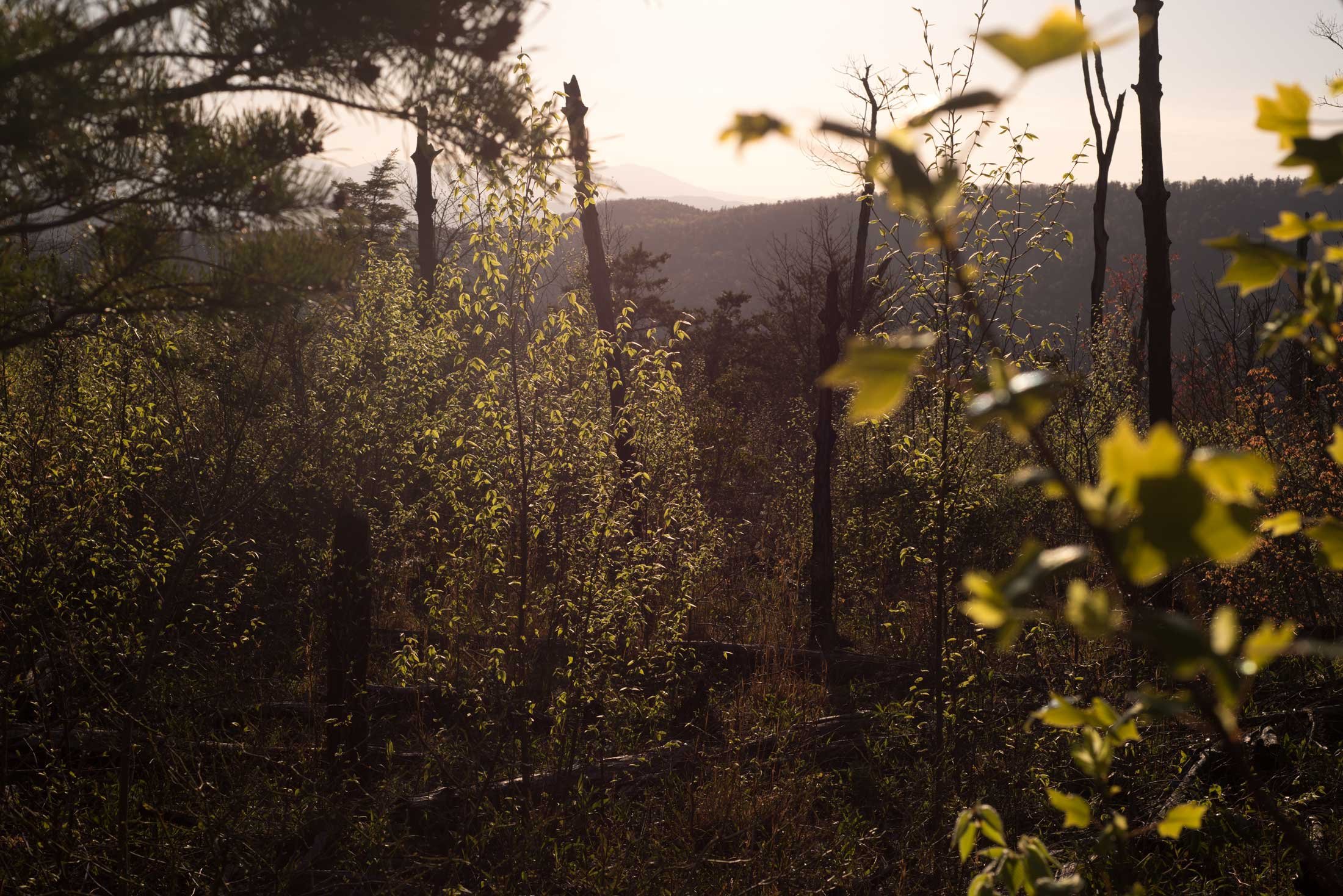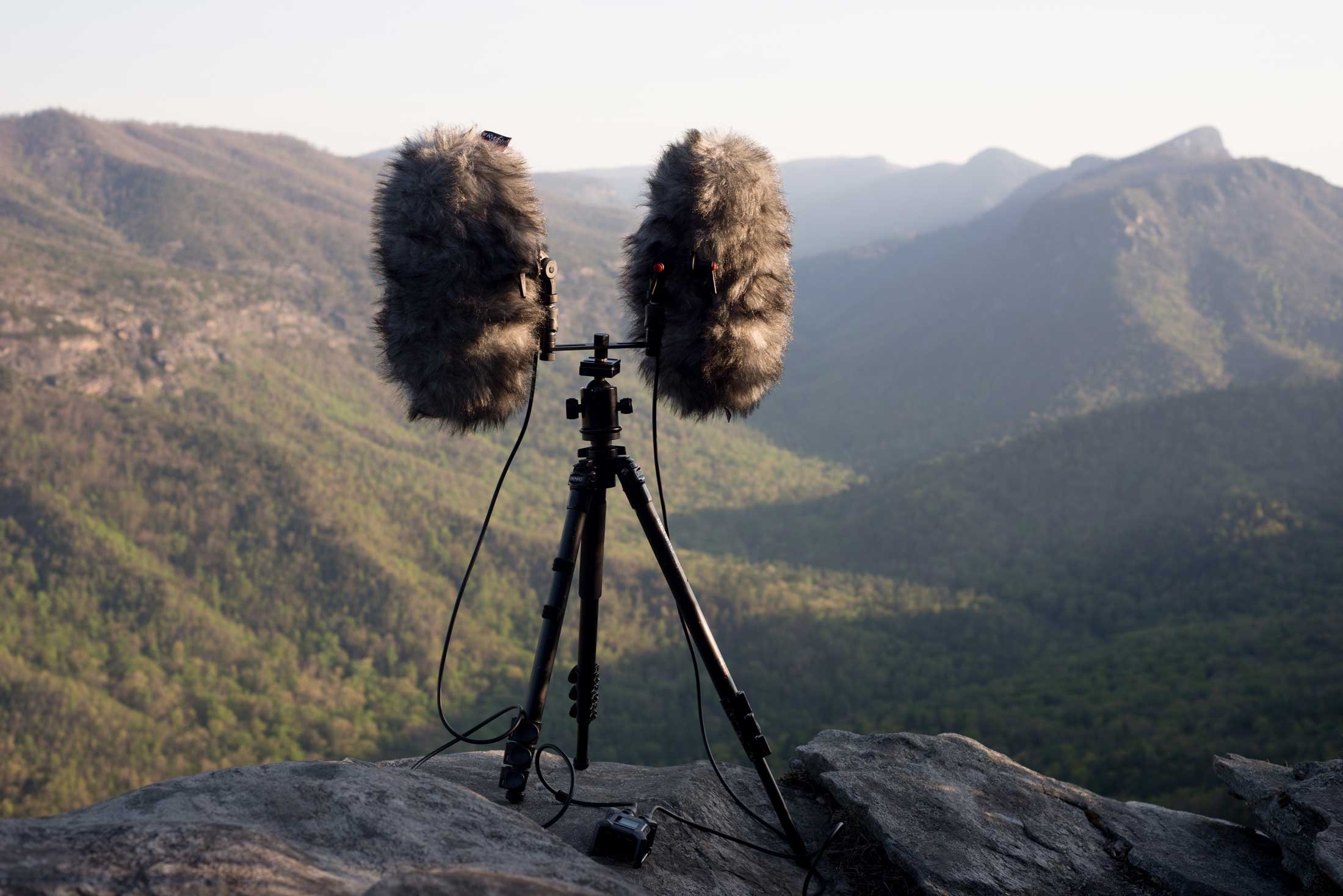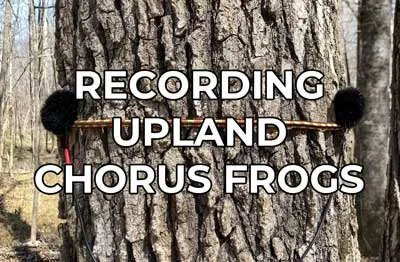Recording Nature Sounds In The Linville Gorge Wilderness
Despite its remoteness, the Linville Gorge is not a good recording location.
On 4/25/22, I made my way to the Linville Gorge Wilderness in pursuit of capturing pure nature sounds.
I planned to spend 3 nights backpacking the gorge but only stayed for 2 nights due to incessant noise pollution from jets and airplanes.
Although this trip was largely unsuccessful in terms of recording, I discovered a new field recording technique I call the “sound staff” that I’m excited to use in quieter locations in the future.
Table of Contents:
Location
The Linville Gorge Wilderness, in the mountains of Western North Carolina, is part of the Pisgah National Forest.
The gorge is formed by the Jonas Ridge on the east and the Linville Mountain on the west and is bisected by the Linville River which drops 2,000 feet into the valleys below.
The terrain is steep and rugged with numerous rock formations. It is covered by dense hardwood/pine forest and a wide variety of smaller trees and other plants.
On paper, the Linville Gorge Wilderness looks like a great location for natural quiet.
It is far from any primary roads and the steep, mountainous terrain should provide additional noise suppression.
However, there are several major flight routes that flood the gorge with the sounds of jets and airplanes all day long and well into the night.
After experiencing this air traffic, I will always scout potential locations with FlightRadar24.
FlightRadar24 is a tool for viewing real-time air traffic worldwide. Additionally, it stores fight data which can be replayed and analyzed for determining how affected a region is by aerial noise pollution.
Video
The Behind The Sounds (BTS) video for this trip is available to my supporters on Patreon.
The BTS series is a resource for learning field recording techniques, advice, methodology, and gear selection and set up.
Each episode covers one recording expedition.
It takes a tremendous amount of time and effort to film these informative videos in the field and edit them in post production.
To watch this Behind The Sounds episode and the full series to date, consider becoming a Patreon. If you do, you’ll also receive my Field Recording For Beginners eBook and the opportunity to Zoom with me to ask questions, nerd out on gear, or receive critiques on your work.
Photos
Sounds
Although I recorded for 5 hours, I only ended up with 13 minutes of somewhat usable audio.
96% of my recordings were polluted by jets and airplanes.
However, I came up with a new field recording technique I call the “sound staff”.
The Sound Staff:
The sound staff I used consisted of a tripod-mounted SASS, belt-mounted Zoom F3, and power supply in my hip-pocket. However, this technique can be used with any microphone/recorder combo and could even be used on a monopod.
After trying and failing to capture pure wind sounds, I walked around with the sound staff, constantly monitoring the live audio.
When a sound caught my attention, I set up the tripod (to avoid handling noise) and started recording.
This technique allowed me to quickly capture sounds before the noise pollution resumed.
Additionally, constantly monitoring my surroundings allowed me to connect more deeply with the landscape and notice sounds that I would have otherwise missed.
Using this technique, I captured the following recordings:
Final Thoughts
Despite the severe noise pollution faced on this trip, I consider it a success. I learned the importance of scouting for aerial traffic and discovered the sound staff technique.
Support Acoustic Nature
If you enjoyed this post and would like to help support Acoustic Nature, please consider "buying me a coffee" or becoming a Patreon with the buttons below.
As a thank you for your support, Patreon supporters receive a copy of Field Recording For Beginners, exclusive access to the full Behind The Sounds video series, nature sound library downloads, and more.
If you are unable to support the site financially, please share this post with others, or leave a comment below letting me know you enjoyed this post! Both are free and help the website grow. Thank you ♫
Thanks for reading,
-Jared




















